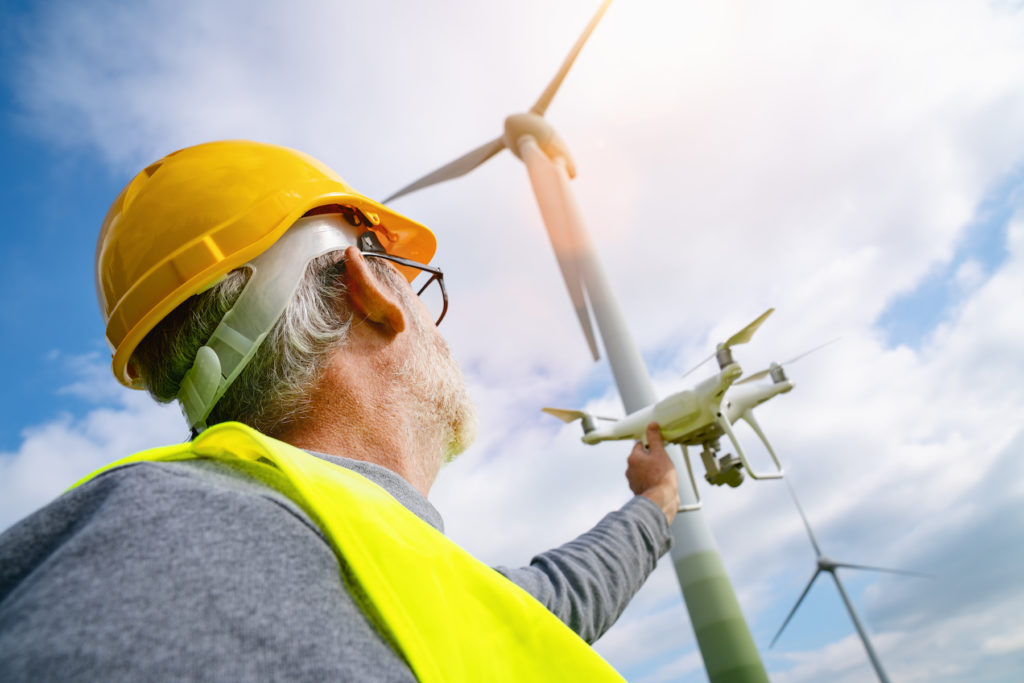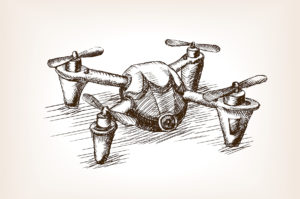Following on from Part One, here we take you through the important operational laws and liability risks for operators using drones in Australia.
Important Operational Laws
The drone safety rules or standard operating procedures are laid out by CASA to protect both operators and those nearby.
Key rules include:
- Only flying one drone at a time
Always having the drone within your visual line of sight (i.e. not through a proxy like a mobile phone, in an area where you can lose sight of the drone periodically and only during the day with clear weather conditions)
- Flying to a maximum height of 120 metres
Ensuring the drone is never closer than 30 metres to people (not including others helping fly the drone)
- Ensuring the drone is never directly over another person
- Not flying in restricted airspace
If the drone is over 100 grams, it cannot fly closer than 5.5km to a controlled airfield or aerodrome
It’s also incredibly important that operators do not fly their drones over or near an area where there is an ongoing emergency situation or when emergency operations are underway.
Important exemptions
Drones may be allowed to operate within 5.5km of a non-controlled aerodrome/helicopter landing site if
There are no manned aircrafts containing one or more people flying to or from the aerodrome
Operators land their drone as quickly and safely as possible if they spot a manned aircraft flying to or from the aerodrome
Drones stay outside the airfield boundaries
Across Australia there are other restricted or prohibited airspaces, but these can be identified using CASA-verified drone safety apps such as ‘Can I fly there’.
Liability Risks for Operators
When it comes to operating drones the greatest risk operators will face is liability to third parties. Section 10 of the Damage by Aircraft Act, 1999 specifically addresses liability for injury or loss when it comes to aircrafts and UAVs. The liability risk more specifically will be financial exposure if bodily injury or property damages occurs as a result of the drone’s flight. In this case, the owner or operators will be liable.
Not all situations are this cut and dry though. The extent of exposure operators, owners or even businesses face depends on what the drones are being used for.
For example, a photographer hired for a wedding would face potential liability risks in the form of venue property, the safety of the guests and the surrounding area or infrastructure. Alternatively, drones being used by businesses to conduct asset inspections would need to be careful of any populated areas they fly over the reach the asset, surveying the asset or infrastructure itself and being close to populated areas to do so. As a result, liability risk can vary depending on the exposure of the context, so it’s important to have the correct coverage to suit your level and complexity of this exposure.
That’s why at Precision Autonomy we believe it’s important for insurance to be tailored towards your needs. We offer both comprehensive insurance cover and ‘Pay as you fly’ insurance to support you with the solutions you need. Not sure what’s right for you? Get a quote here today!
References:
https://www.casa.gov.au/drones/rules
https://www.casa.gov.au/drones/rules/drone-safety-rules



